He is considered one of the most influential designers and architects of the 20th Century – yet he never studied architecture
He is considered one of the most influential designers and architects of the 20th Century – yet he never studied architecture. Born in 1901, the son of a sculptor and a pianist, Jean Prouvé first studied the blacksmith's art and the possibilities of metalworking. This knowledge significantly shaped his entire future in design. Prouvé became a passionate modernist, developing a strong dislike for the fanciful decorations of Art Nouveau and in his studio in Nancy he experimented with steel and aluminium. In 1926, he acquired the first electric welding machine in the city. Rejecting the steel tubes of the Bauhaus school, Prouvé preferred foldable, flat, sheet steel. As his work increasingly attracted attention, he began not only to produce light furniture, but also to work with avant-garde architects such as Le Corbusier and Charlotte Perriand.
The builder's blueprint
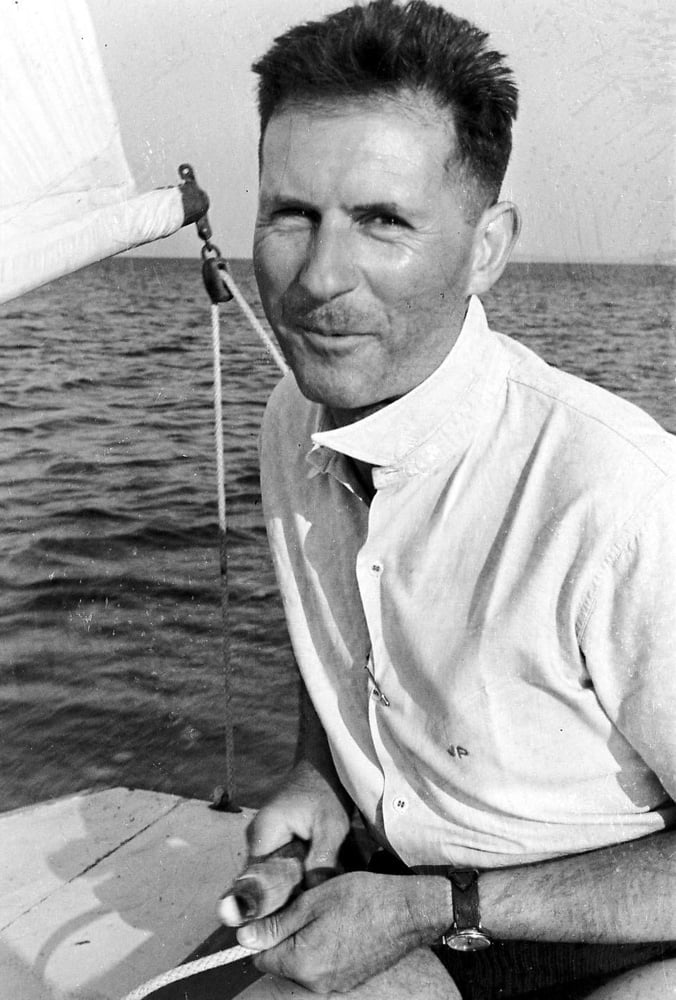
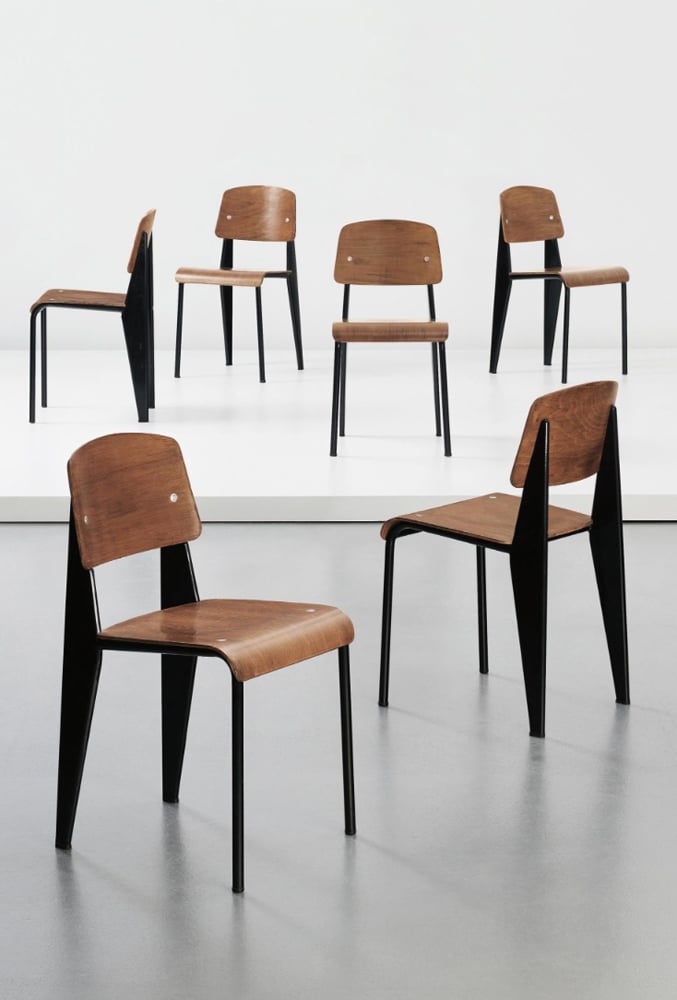
Self-taught and self-made engineer Jean Prouvé worked unceasingly to develop new manufacturing methods, which Le Corbusier called "the archetype of the constructor". Prouvé saw metal furniture and architectural elements as technical objects, with their mechanical production central to their design. Prouvé equipped schools, hospitals and office buildings, he produced chairs, tables, shelves and cupboards – and looked with fascinated envy at the growing automotive and aircraft industries and their increasing economies of scale. He dreamed of industrialising the creation of buildings by the same principles of mass production. "It makes no difference whether you're building a piece of furniture or a house," he claimed.
The prefab dream
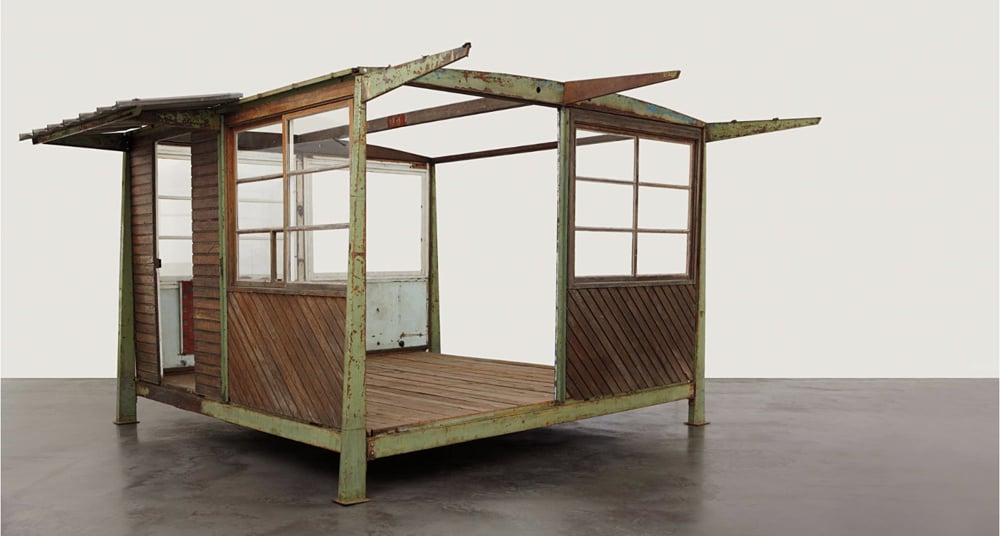
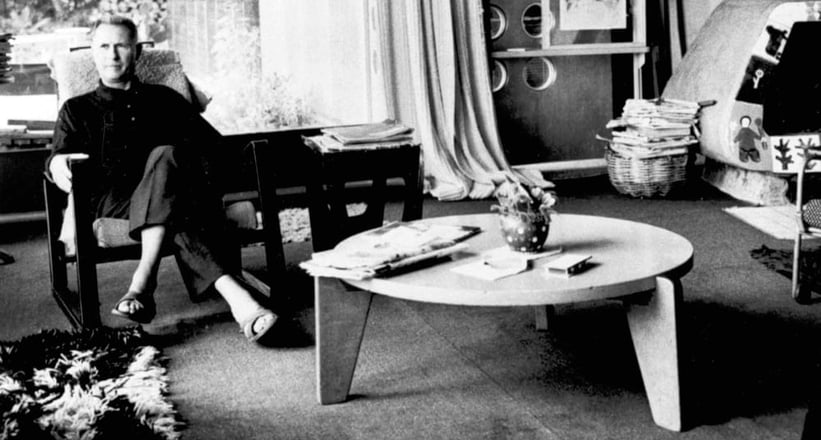
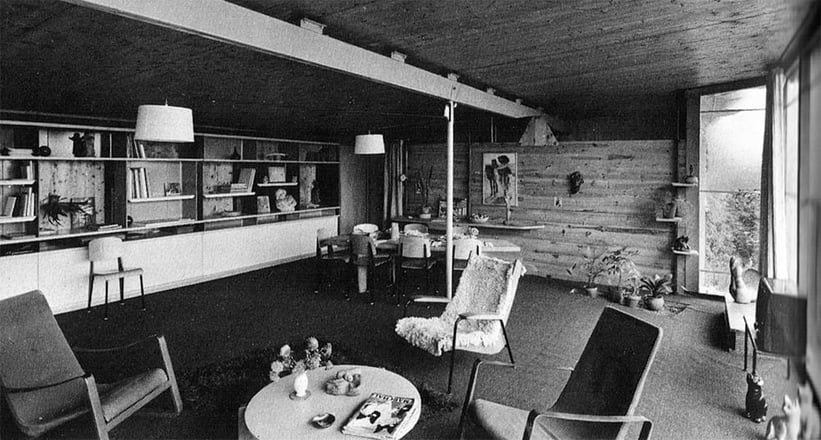
By the end of the Second World War, Prouvé’s studio had become a factory. In response to the housing shortage of the time, he and his team designed fascinating functional prototypes for prefabricated homes that could be built by two or three people in a single day. The welding techniques and super-thin steel sheets of the automotive industry allowed Prouvé to realise new forms, and he became one of the first sustainable architects: his buildings were to "leave no footprint in the landscape". Among his best-known masterpieces are La Maison Tropicale with its trademark blue glass portholes, and the Meridian Room of the Paris Observatory.
Life on a ship?
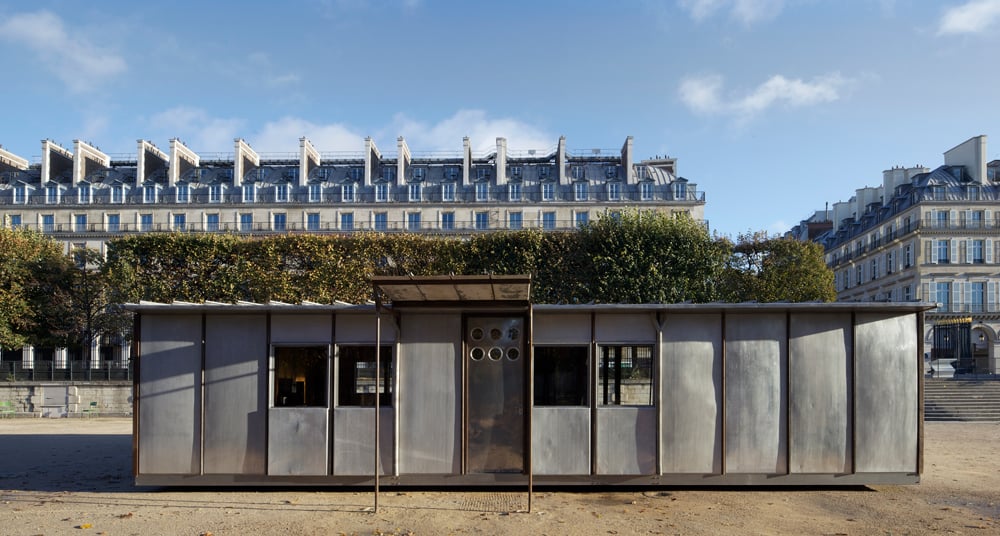
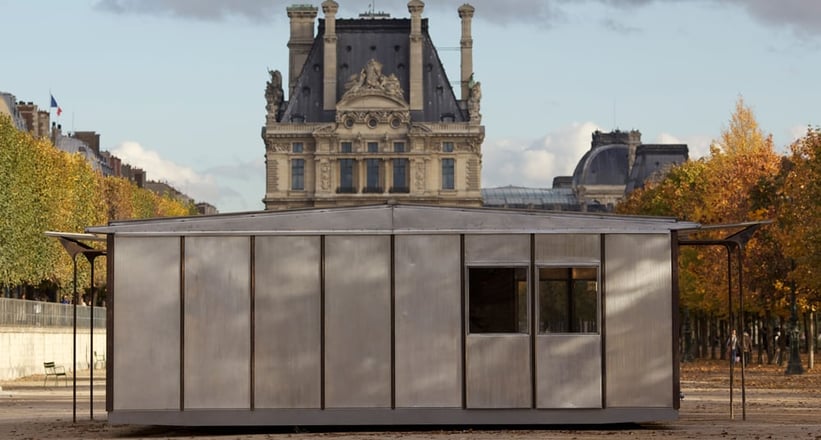
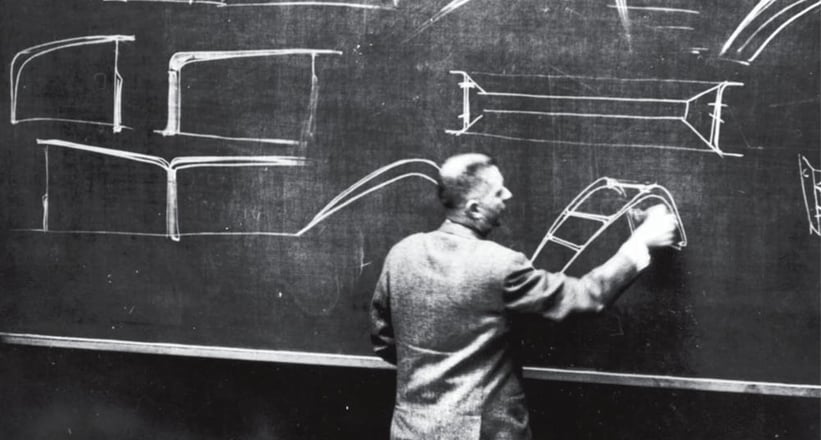
But none of the prefabricated prototypes went into production – the houses were thought too spartan, too simple and too modern. Instead, skyscrapers began to thrust their way towards the sky. In 1952, Aluminium Français invested in Prouvé's factory, and two years later pushed him out of the company. Prouvé then began his own business as a consulting engineer, pursuing his own projects as a designer. Using components salvaged from the factory, he built himself a house, the design reminiscent of railway carriages or the cabins of ships – spartan in its functionality but utterly inspiring.
An almost-forgotten legend
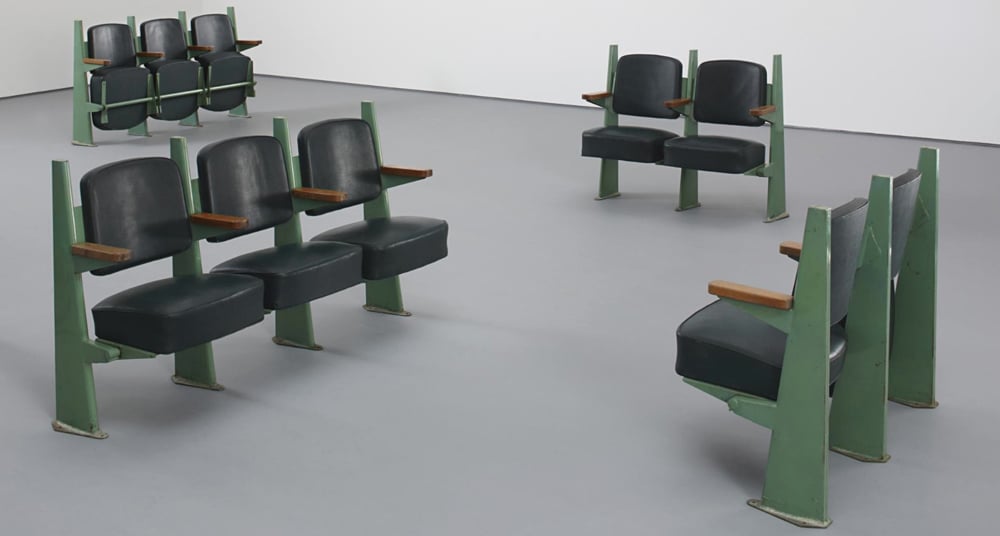
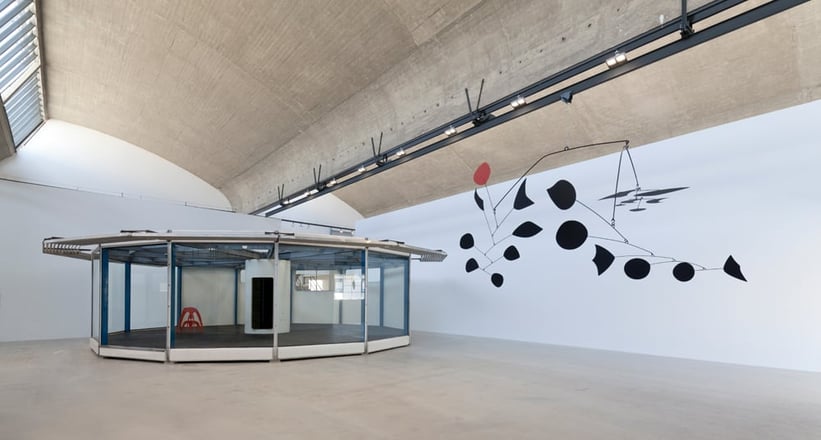
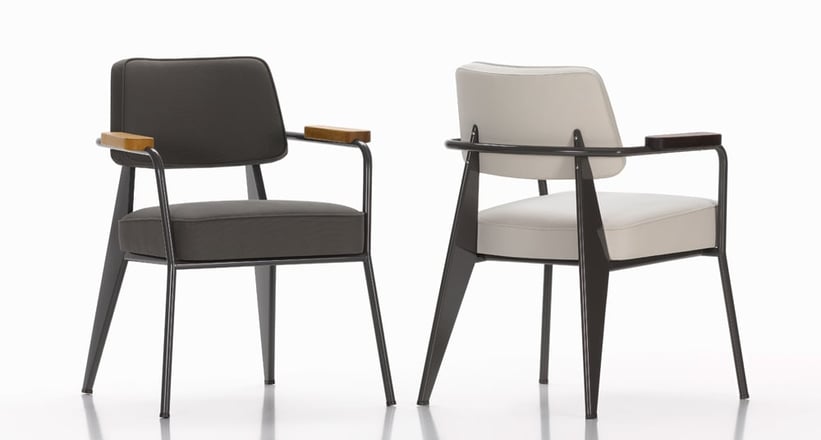
Jean Prouvé taught at the Conservatoire des Arts et Métiers in Paris, influencing generations of future architects – and yet he remained modest. "I was a worker doing his job," he said about himself. In the 1980s and 1990s Prouvé’s work fell out of fashion, but today it is again in vogue. His chairs and tables, which could once be bought for barely a few hundred francs, are now traded for six-figure sums. Collectors such as Patrick Segiun combine his furniture skilfully with artworks by Alexander Calder, Andy Warhol and Richard Prince. Design classics such as the standard chair can be found in the MoMA in New York and Paris’s Pompidou Centre. The architectural prototypes, once scorned in France, are now much sought after and change hands for millions. And since 2002, Vitra has re-issued selected items of Prouvé furniture – with great success.
Real 'Prouvé' under the hammer
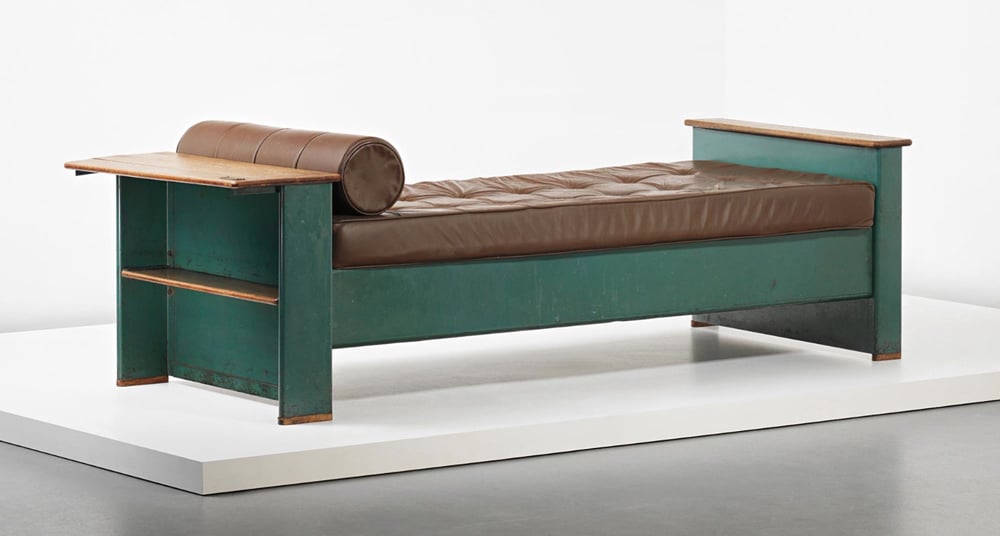

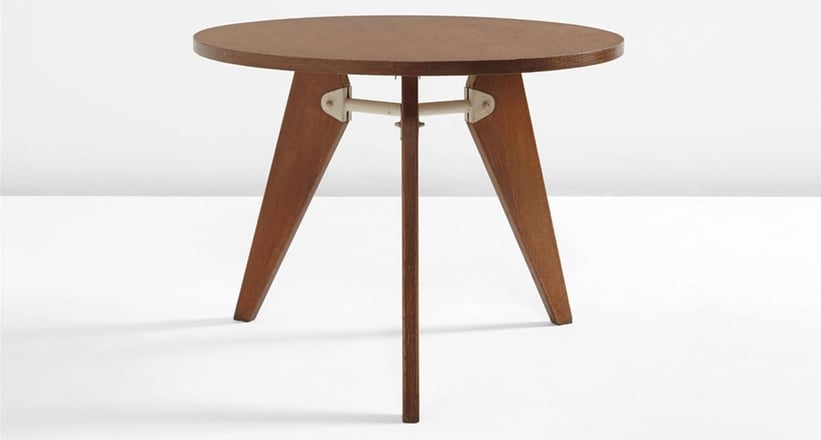
The auction house Phillips has repeatedly offered and sold originals by Jean Prouvé for considerable sums, and on 11 June in New York, the Phillips Design sale includes some genuine ‘Prouvé’ lots – such as a bed, model no. 102, designed for the Lycée Fabert in Metz, estimated at 30,000 to 40,000 US dollars. Plus there’s a set of six blue ‘semi-metal’ chairs as well as a ‘Compas’ table from the Electricité de France (based on the same concept as the house frames that Prouvé built after the War), which – together – are estimated at 140,000-200,000 US dollars. Originally intended as cost-effective industrial furniture, these prices are perhaps the last thing Jean Prouvé would ever have envisaged.
Photos: Phillips, Galerie Patrick Seguin, Vitra


































